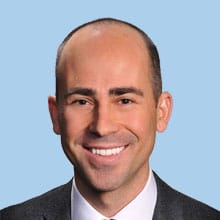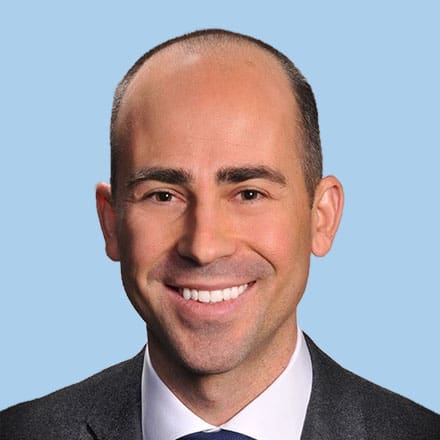Inside Angle
From 3M Health Information Systems
The physician burnout rollercoaster
In 2019, physician burnout was actually gradually improving. Health care stakeholders were talking about burnout openly and constructively. Life was not perfect for physicians, but the indicators were moving in the right direction.
Then, in early 2020, the global COVID-19 pandemic struck. Demand outpaced the supply of healthcare organizations across the country. Confronted with uncertainty and higher mortality rates, health workers were stressed beyond anything seen in a couple generations.
While the acute phase of the pandemic seemed to recede within a few years, the “new normal” work environment seemed to remain at a new, more difficult, set point. The hospital census remained high no matter the season. Patients were sicker. Healthcare teams felt skinnier despite the needs. Health workers began to face reality: We were not “going back” to pre-pandemic times.
However there may be a glimmer of hope in the recent American Medical Association (AMA) burnout survey. Roughly 48% of physicians reported at least one symptom of burnout in 2023; that’s down from 53% in 2022. This is the first measurement below 50% in four years.
So, are we now on a glide path to more reasonable work stress levels?
First, how much can this survey of just over 12,000 physicians (just over 1% of all physicians in the U.S.) truly reflect the diverse population of physicians practicing in many different types of settings across the country? If the general trend is going in this positive direction, then this is an excellent initial sign for the health workforce and their employers!
Secondly, we must further explore the reasons for these improved numbers. Are organizations tackling clinician burnout more aggressively and addressing the root causes? Are physicians taking matters into their own hands, leaving toxic work situations? Or have the most burned out physicians simply left the workforce or decreased their work hours? Decreasing work hours, in my view, would serve as a practical accommodation to keep a physician practicing their craft. Leaving the workforce altogether would not indicate true burnout improvement, but rather just a shift in the denominator here.
Before we hang the “Mission Accomplished” banner, we must look at other signals trending in the opposite direction. A recent New York Times piece by Dr. Aaron Carroll highlighted the declining interest in pediatrics among new medical graduates. In the most recent match, 92% of pediatrics residency slots were filled; this is a significant drop from 97% of slots being filled in the 2023 match. In the last two years, only 88% of first-year family medicine residency slots were filled. So, the primary care specialties have residency training spots available to train newly minted physicians. Medical graduates are simply choosing other specialties to train in instead, many times drawn by the better work-life balance, lower work-related stress and higher income.
Burnout levels among more established physicians trickles down to impact the choices of subsequent generations of physicians. It takes only a few clinical rotations in medical school to observe the difference between the hectic primary care physician’s office and the sleek, moody low-key-lit dermatologist’s workspace. On top of this, when the average dermatologist makes twice as much as the typical pediatrician, and you graduate with $200,000 in debt, which specialty would you choose?
The good news: We all have control over these incentives. These are all the result of decisions made by policymakers, communities and even employers. To further reduce burnout and to make primary care specialties more attractive, we can start with a couple simple steps.
First, we can focus on reducing the cost of medical education. Relying on wealthy donors to make medical school more affordable is not sustainable.
Second, we can pay physicians based on the complexity of their patient populations and on the quality of the care those patients receive. This ensures practices have what they need (like sufficient staff!) to adequately and proactively care for their patients and to focus on preventing health issues from arising in the first place. The fee-for-service payment system has never served the cognitive specialties well.
Finally, we can harness this technology and generative artificial intelligence (AI) to remove some of the annoying non-value-add tasks that fill a physician’s day and, as a result, free up physicians to leverage their training to focus on the patients in front of them.
While the AMA report is indeed good news, there is still work to be done to ensure that medicine is an attractive profession far into the future. Our aging population will rely on this workforce over the next few decades. We must make sure our populations have access to the right mix of health workers they need, and that starts with providing the health workforce with a path towards reasonable working conditions and financial sustainability.
Travis Bias, DO, MPH, FAAFP is a family medicine physician and deputy chief medical officer, Health Information Systems, Solventum.


